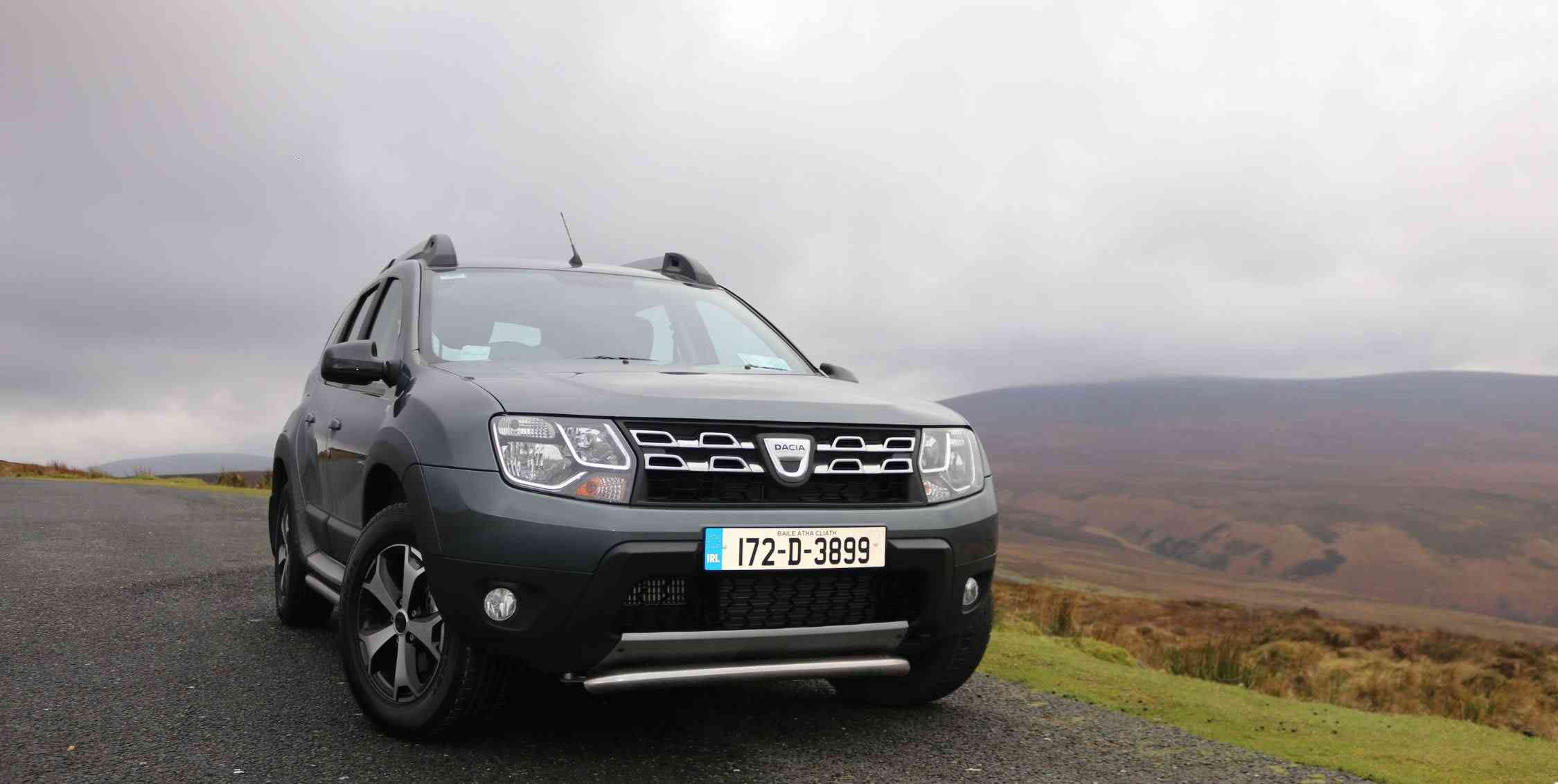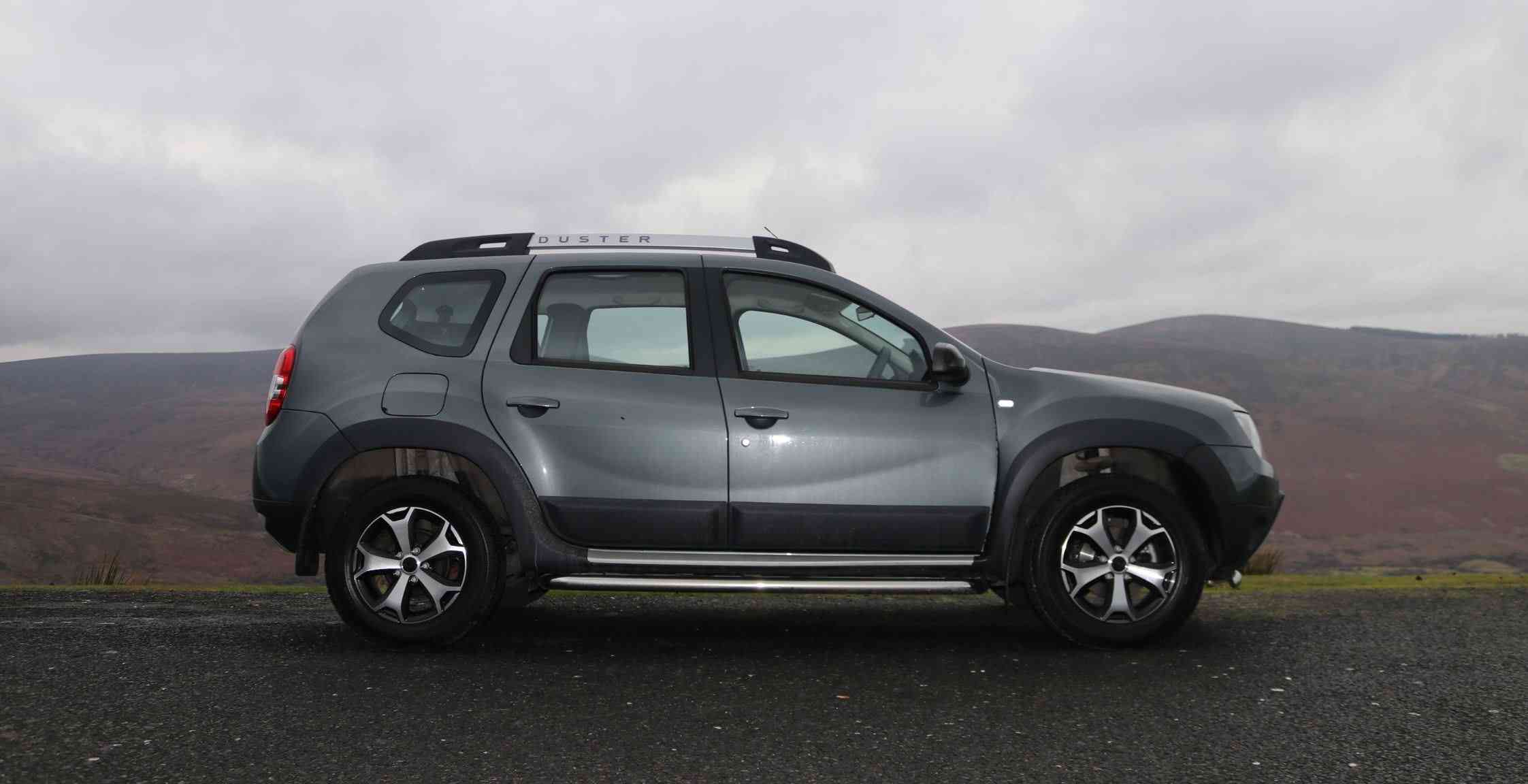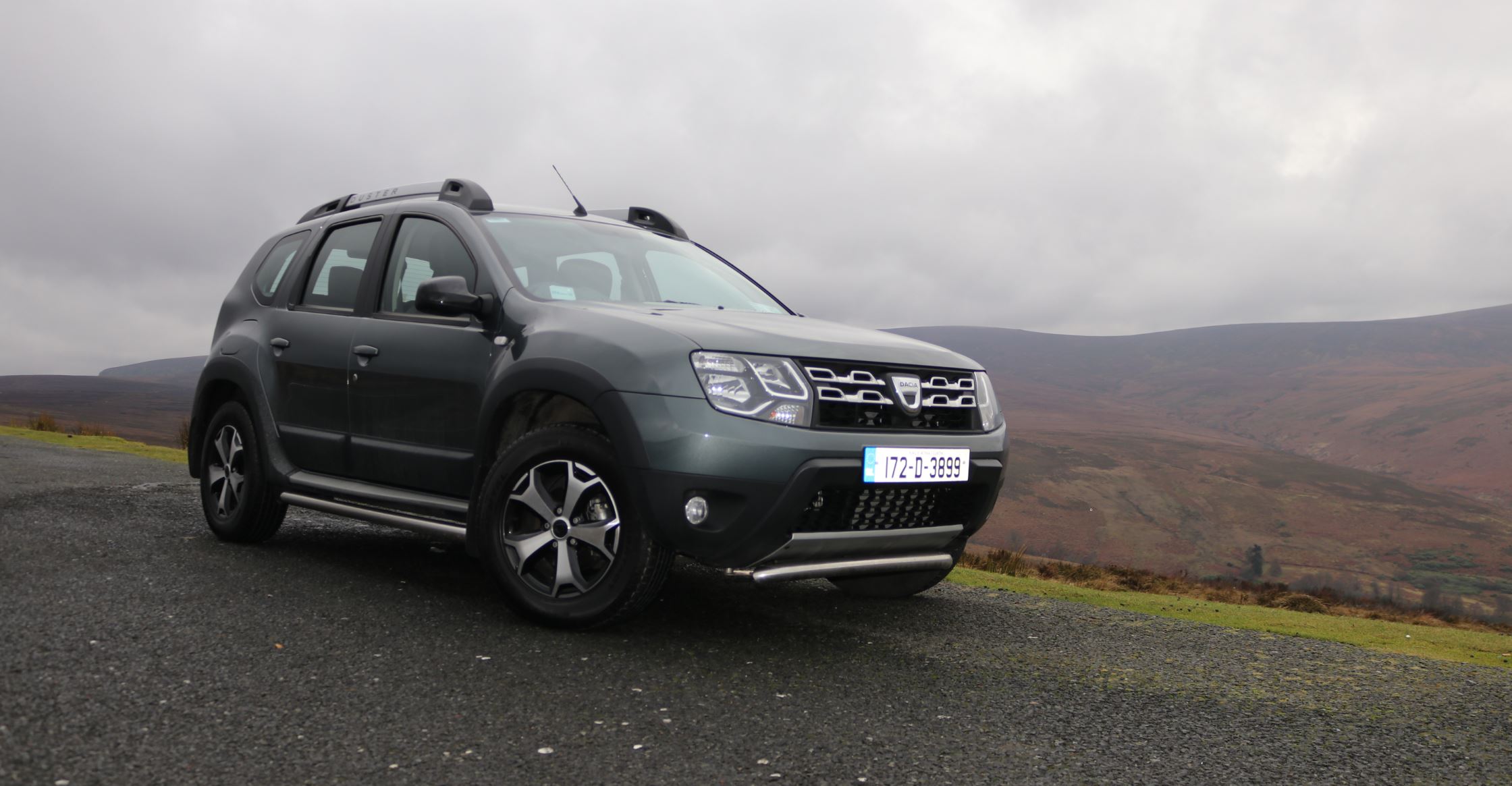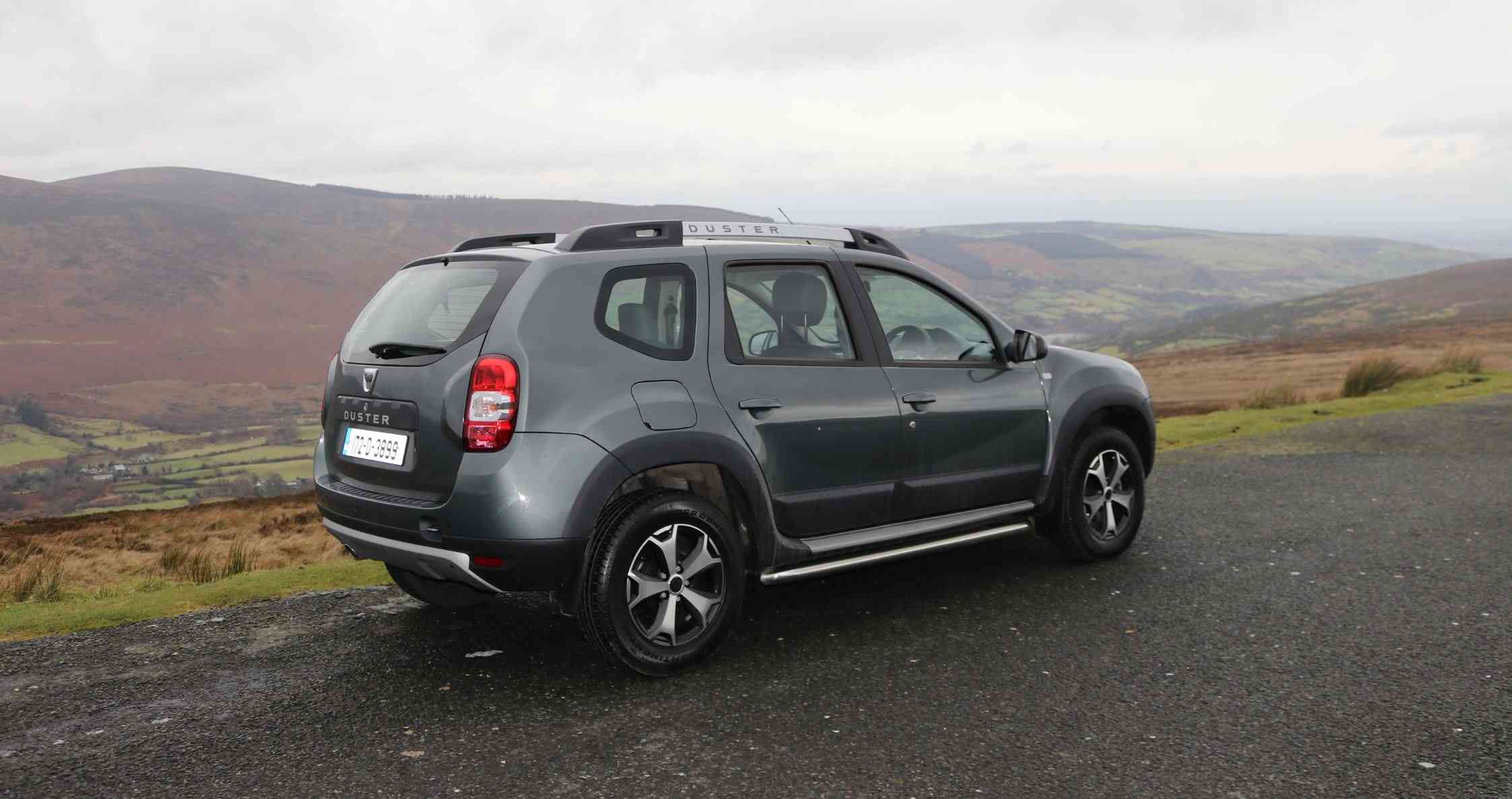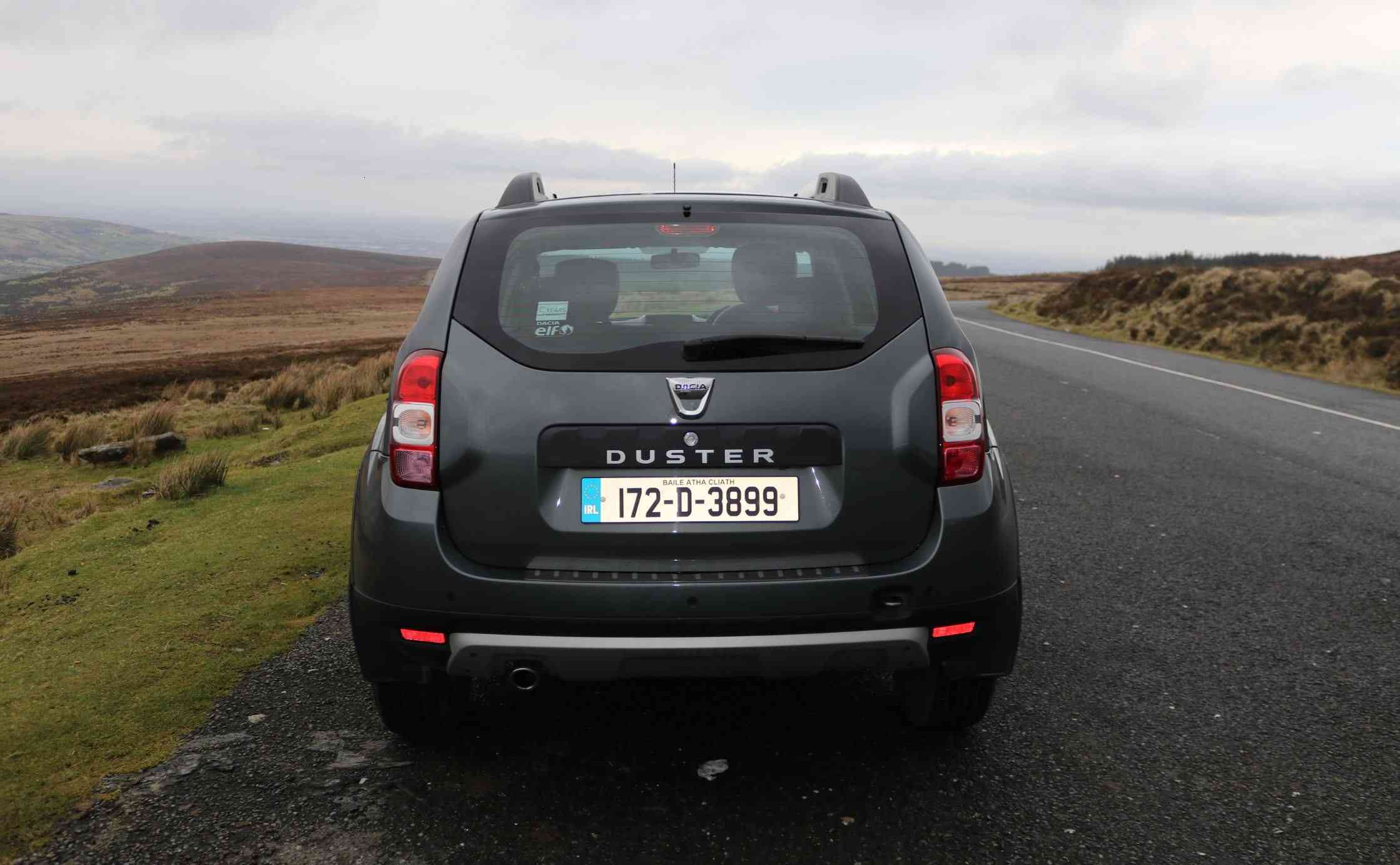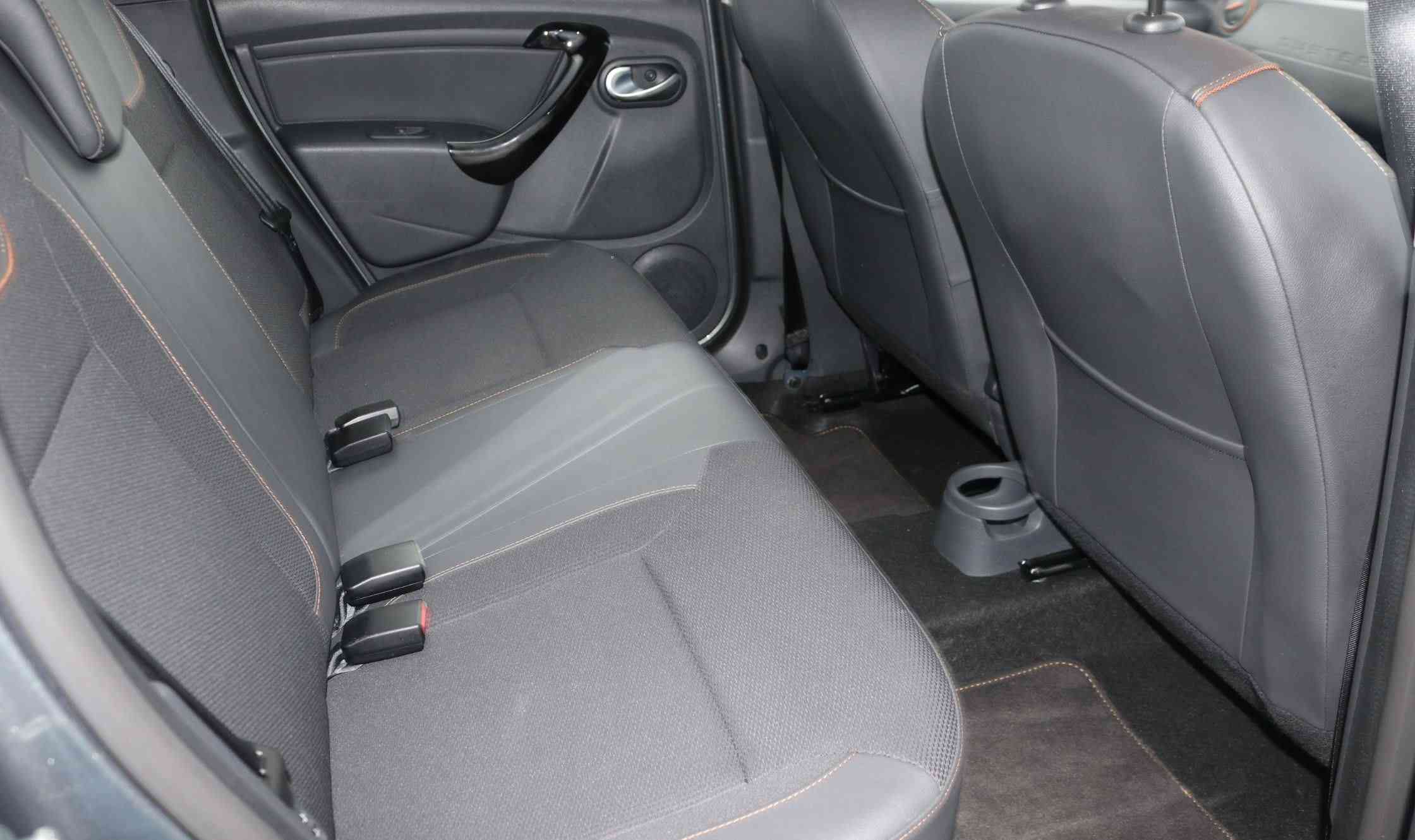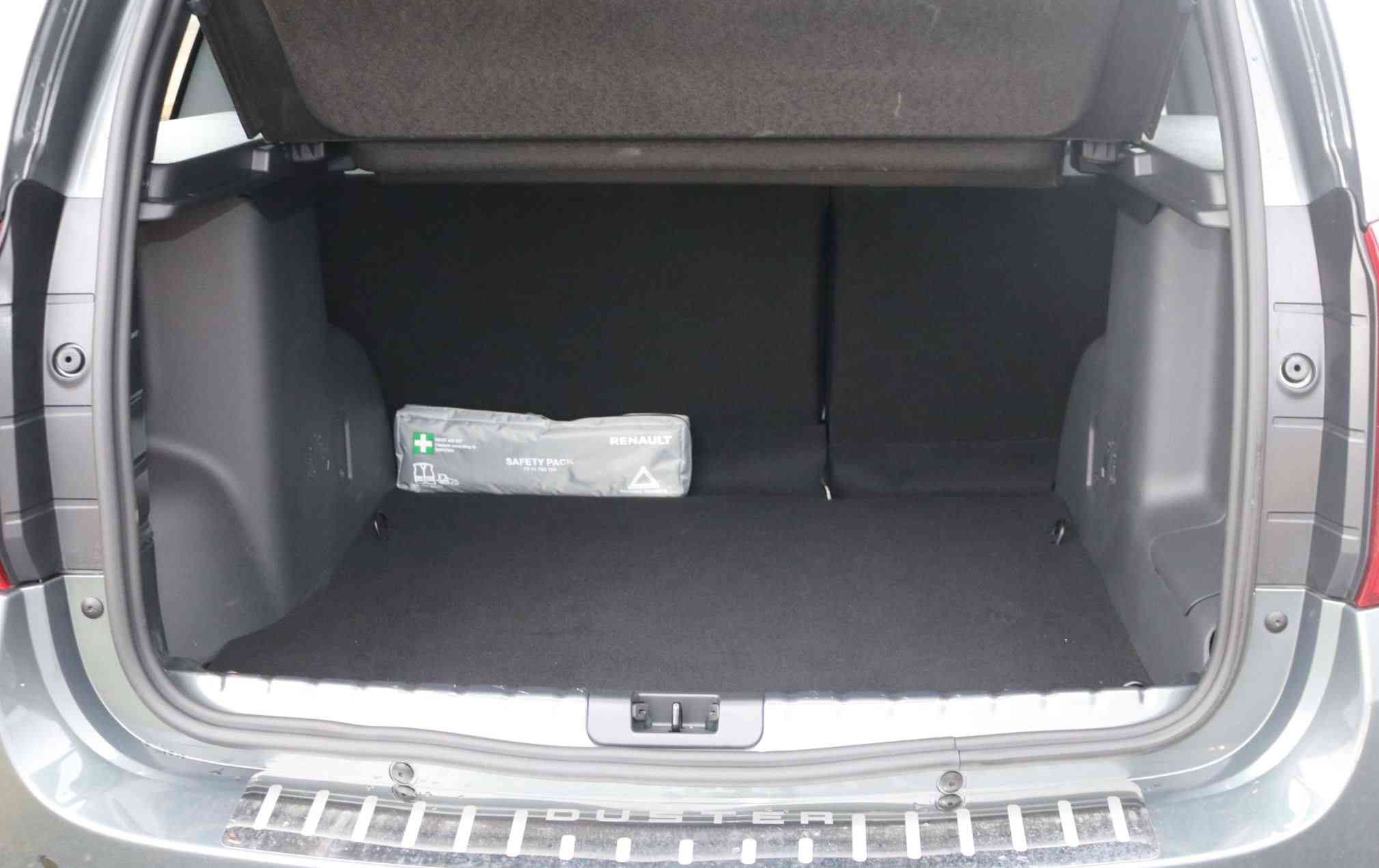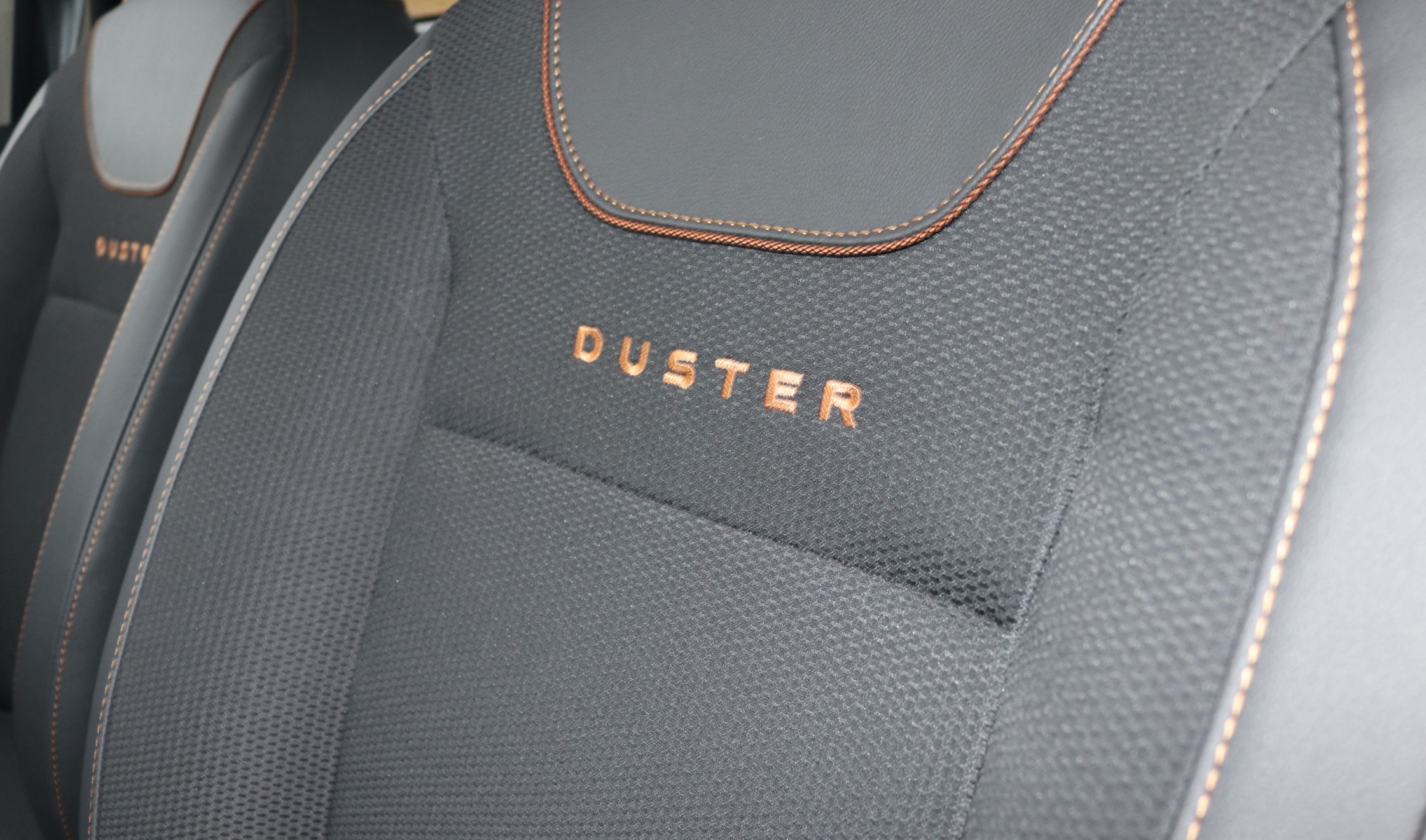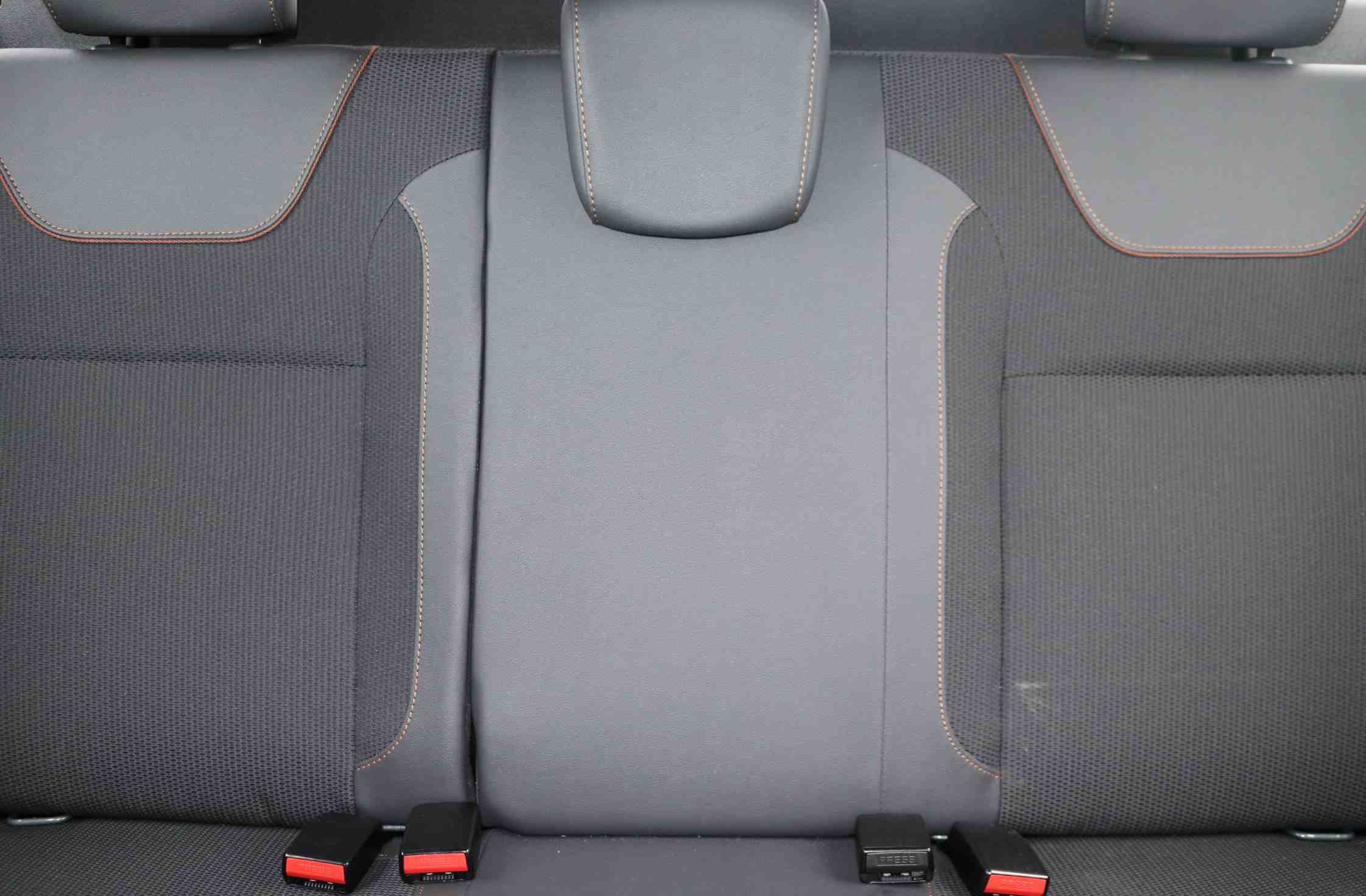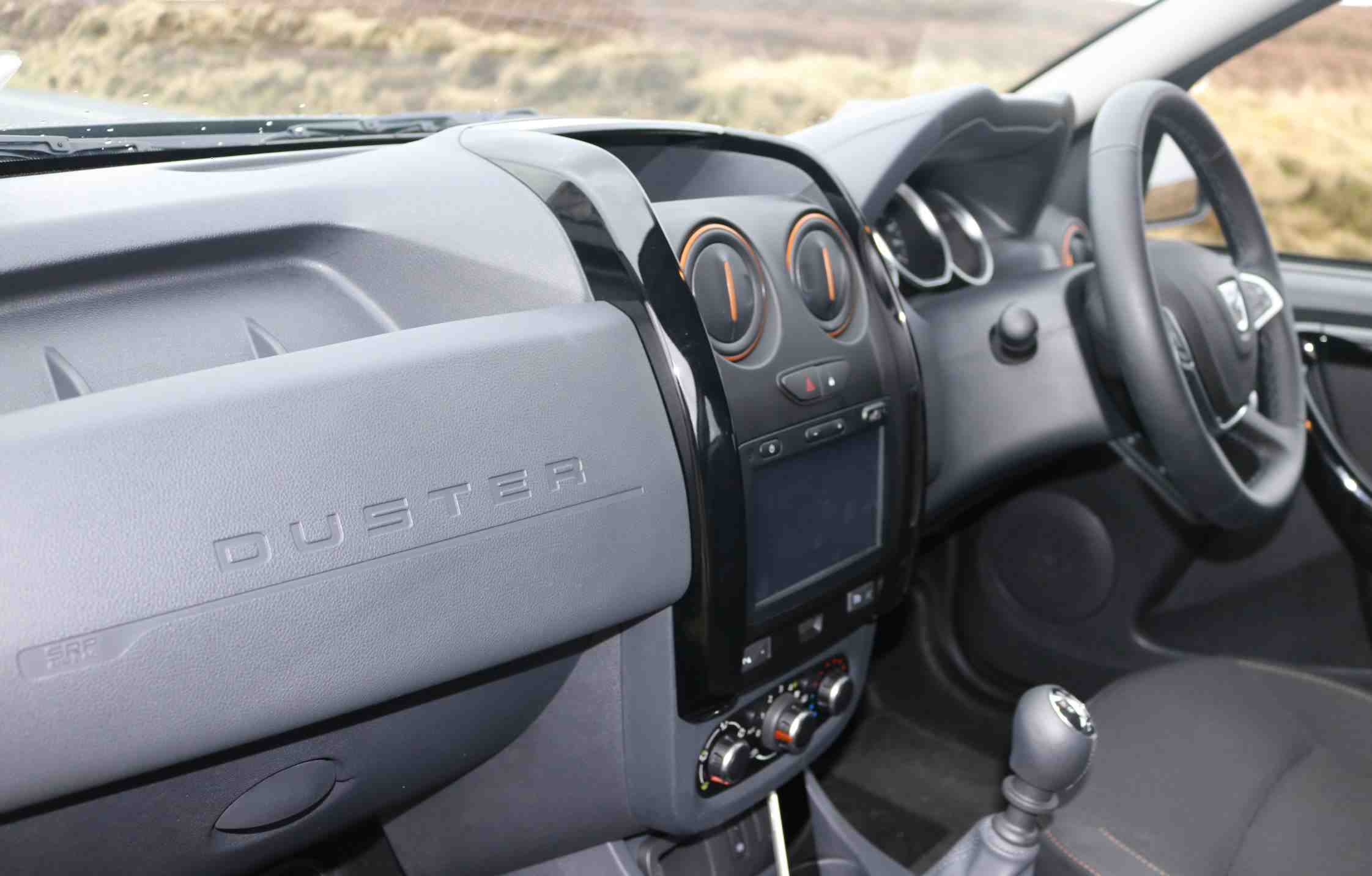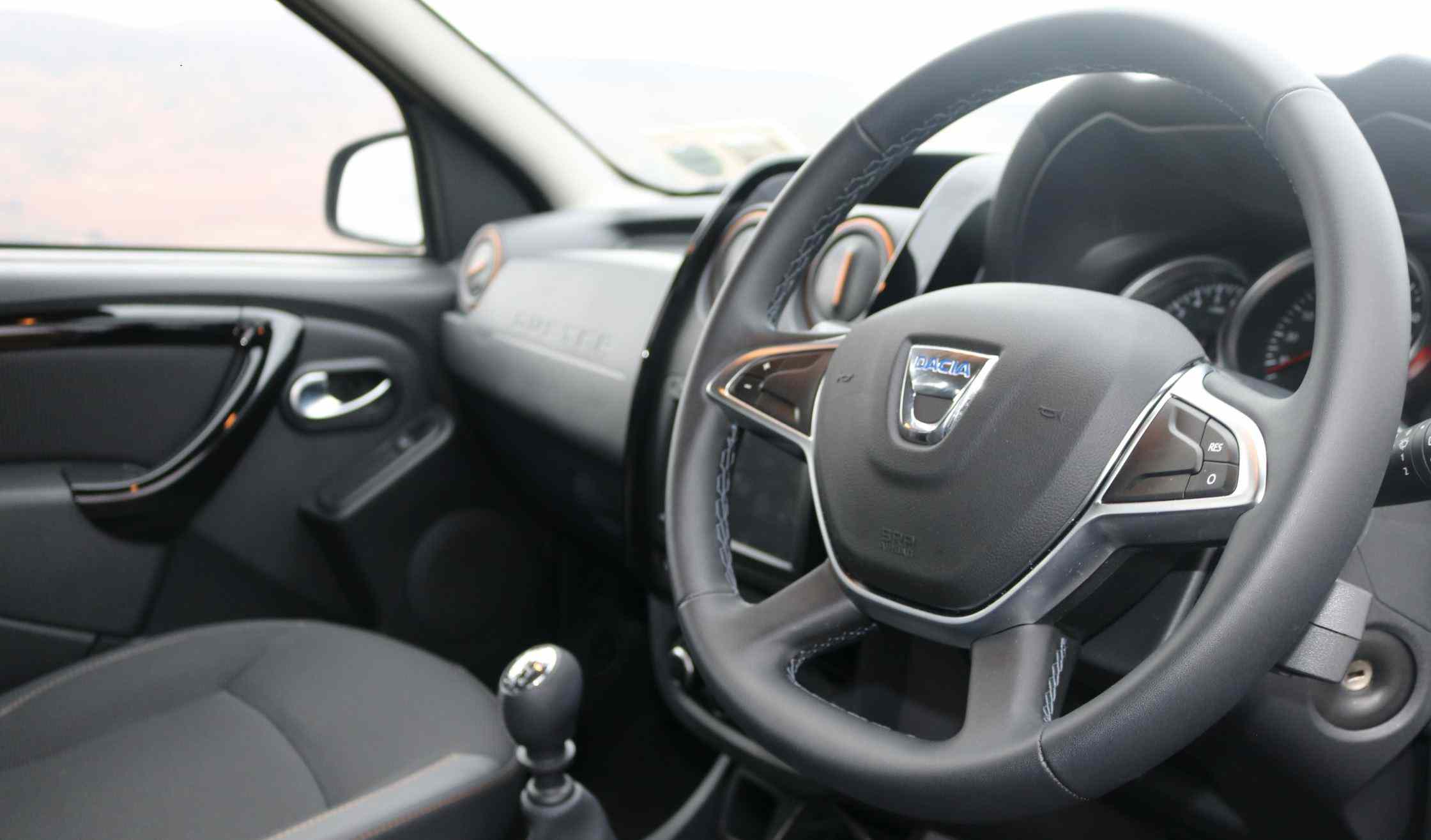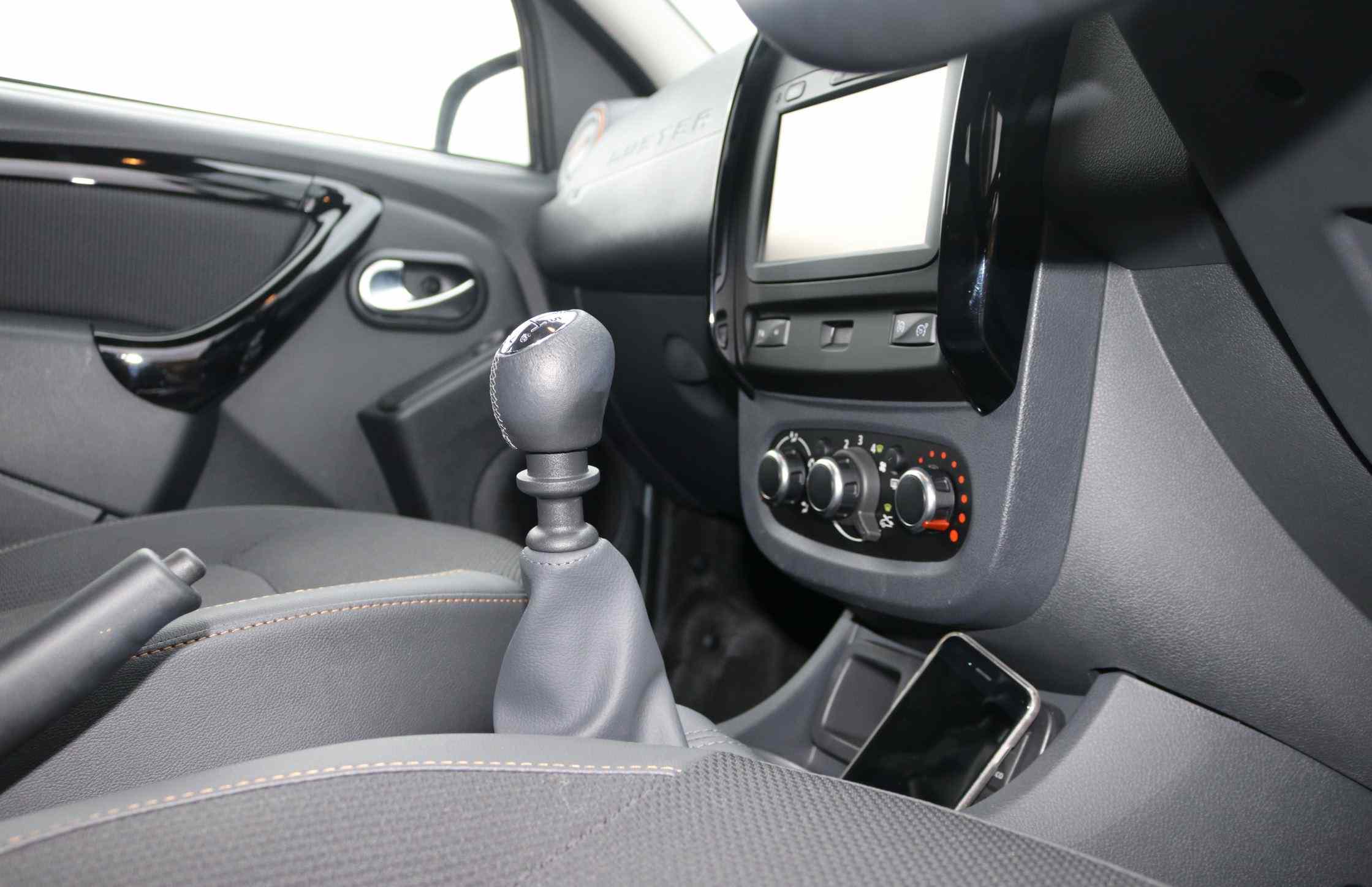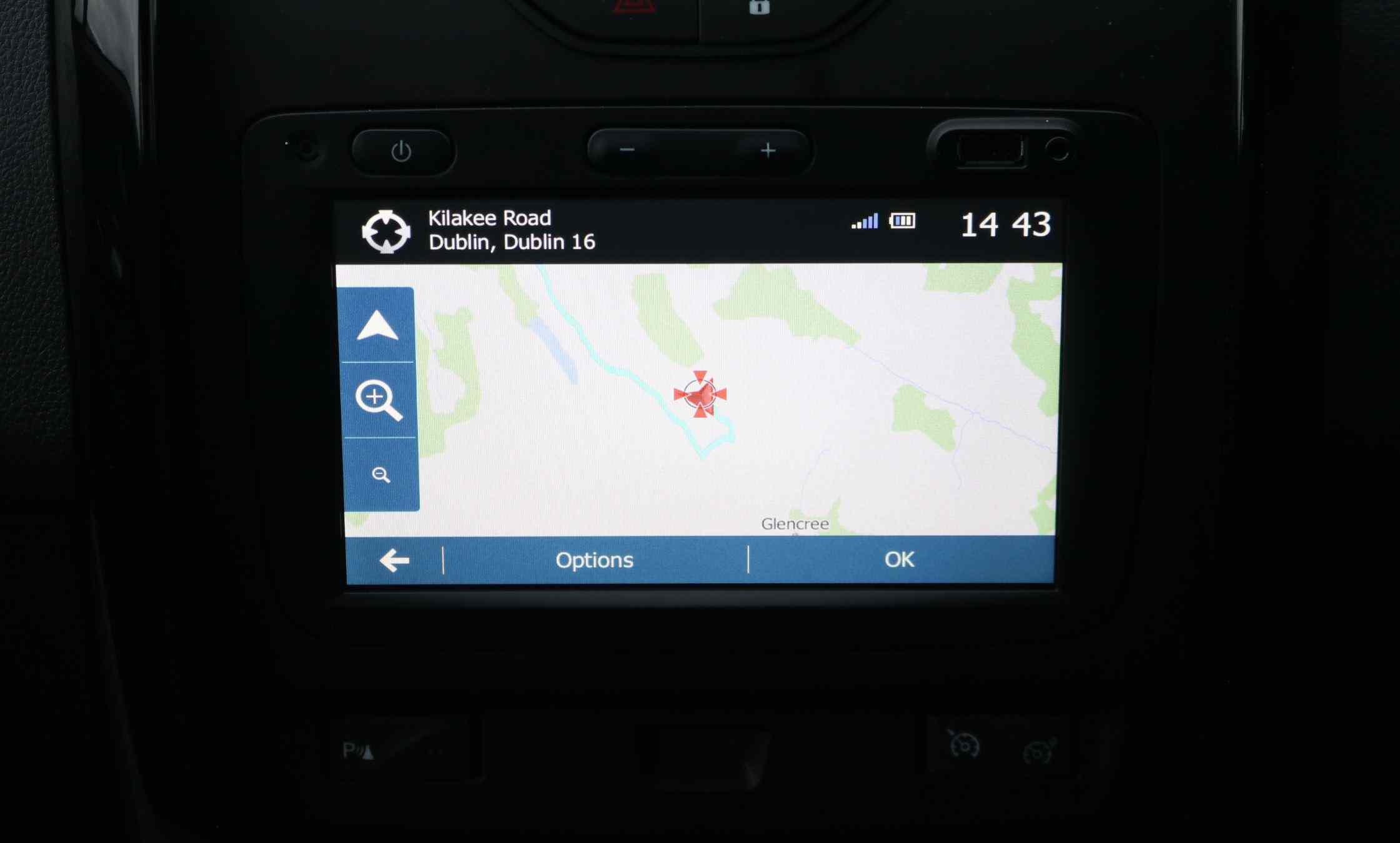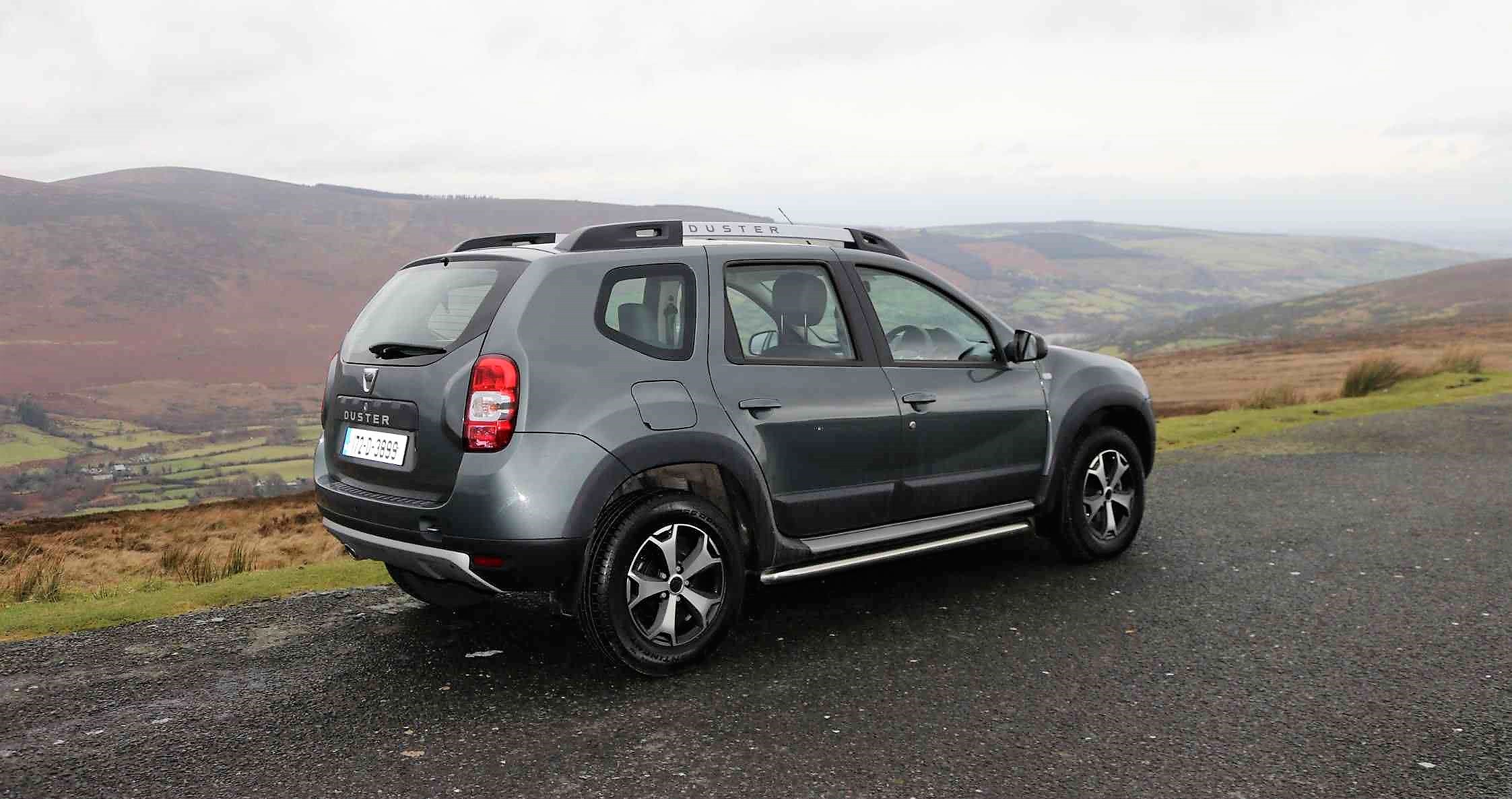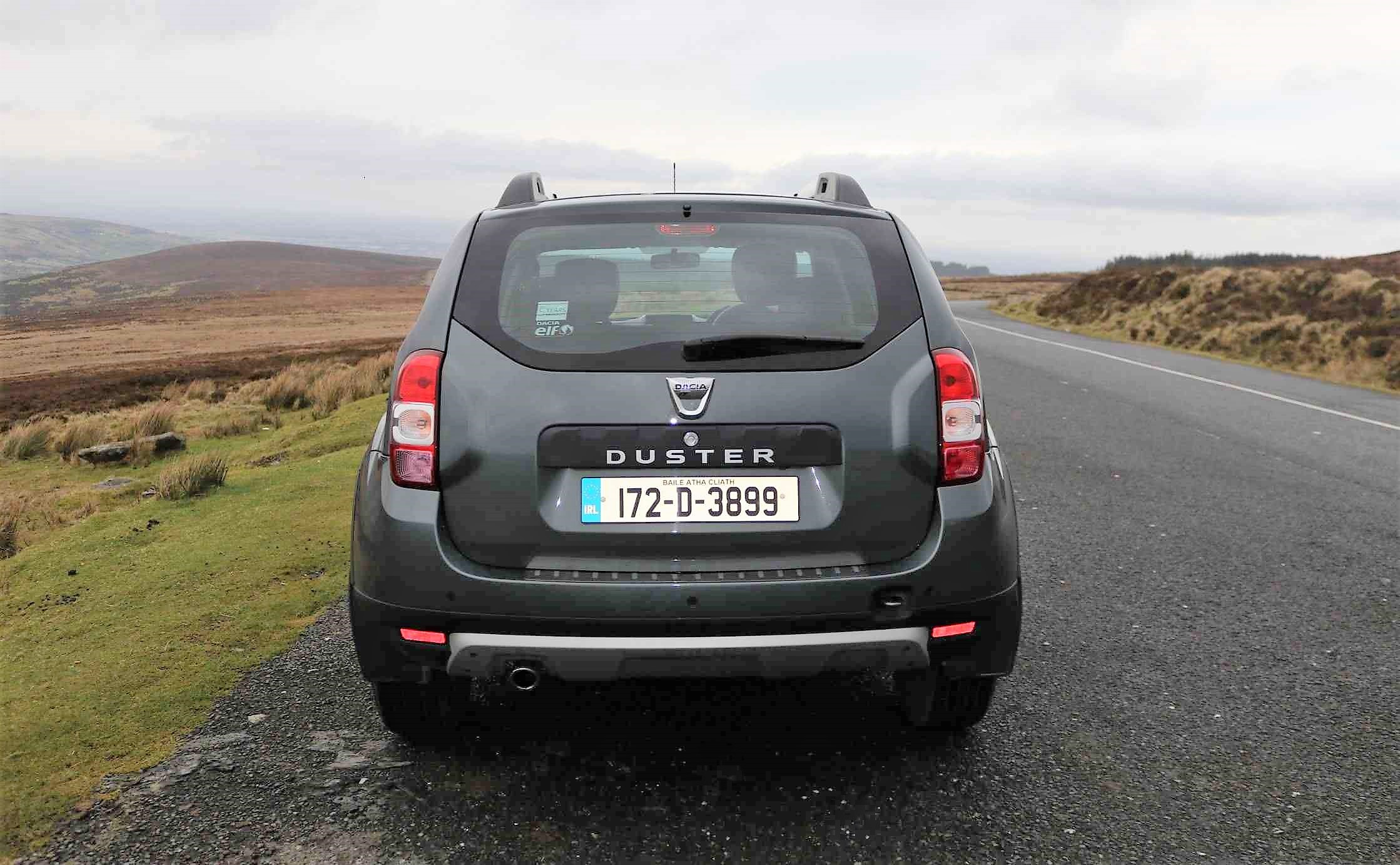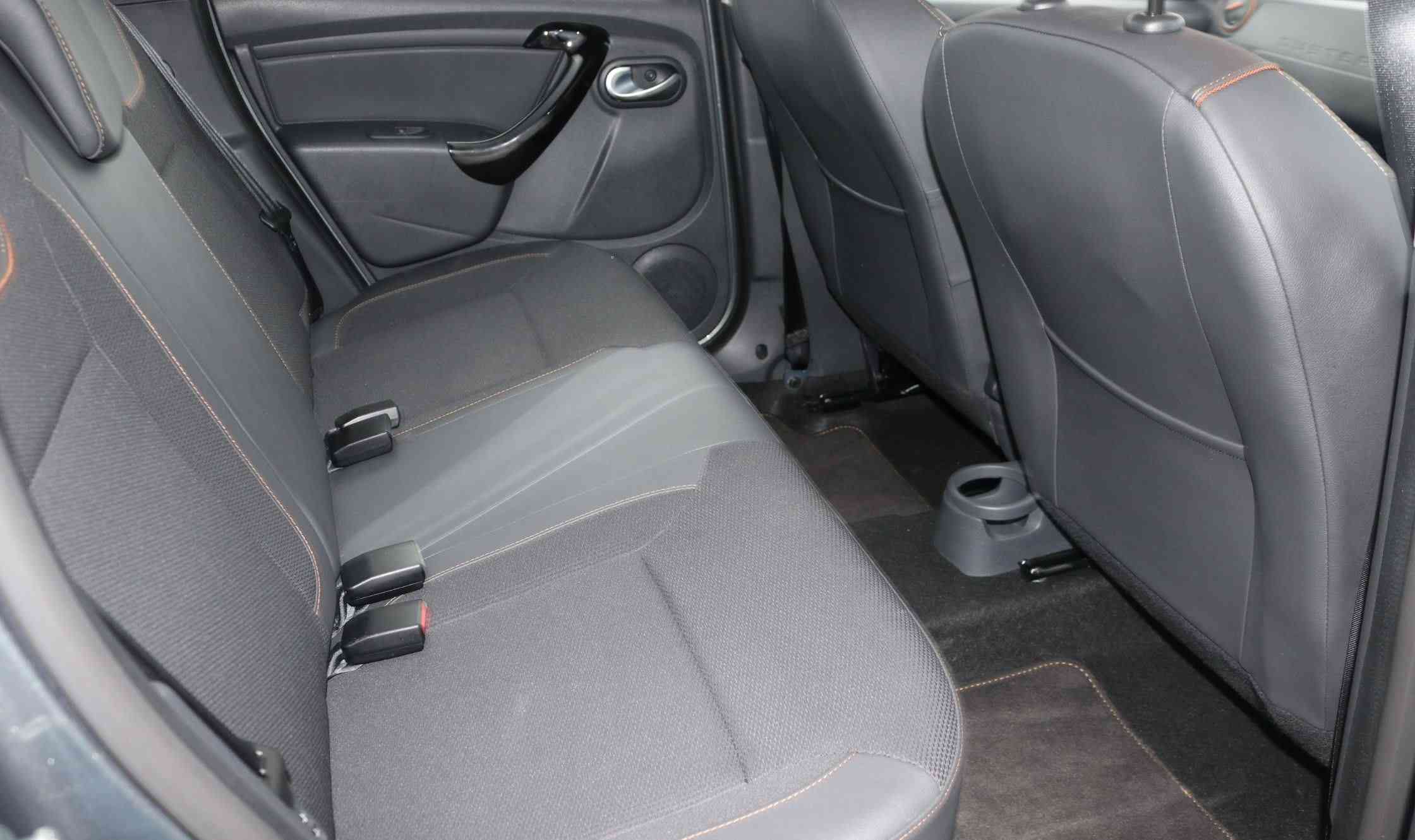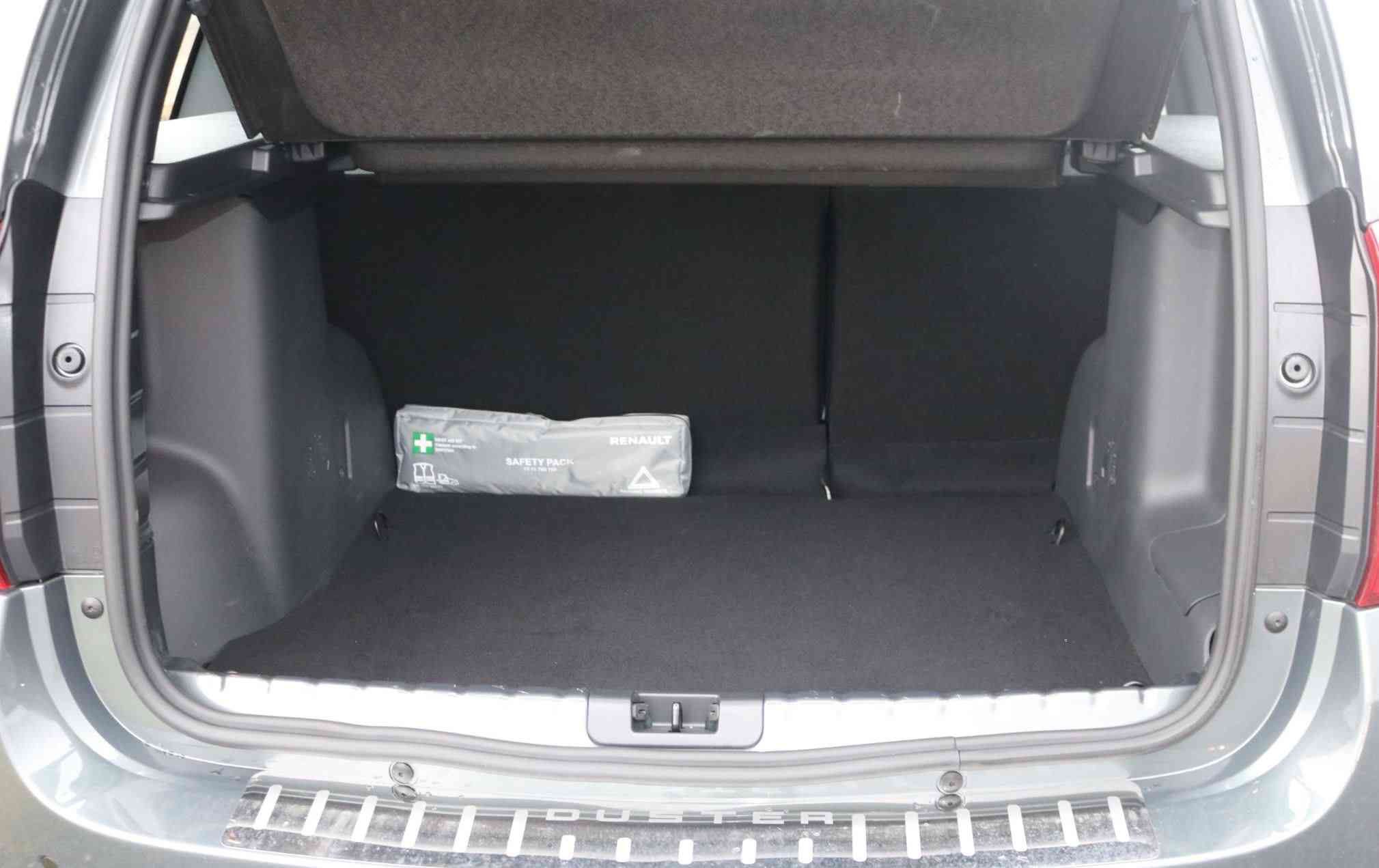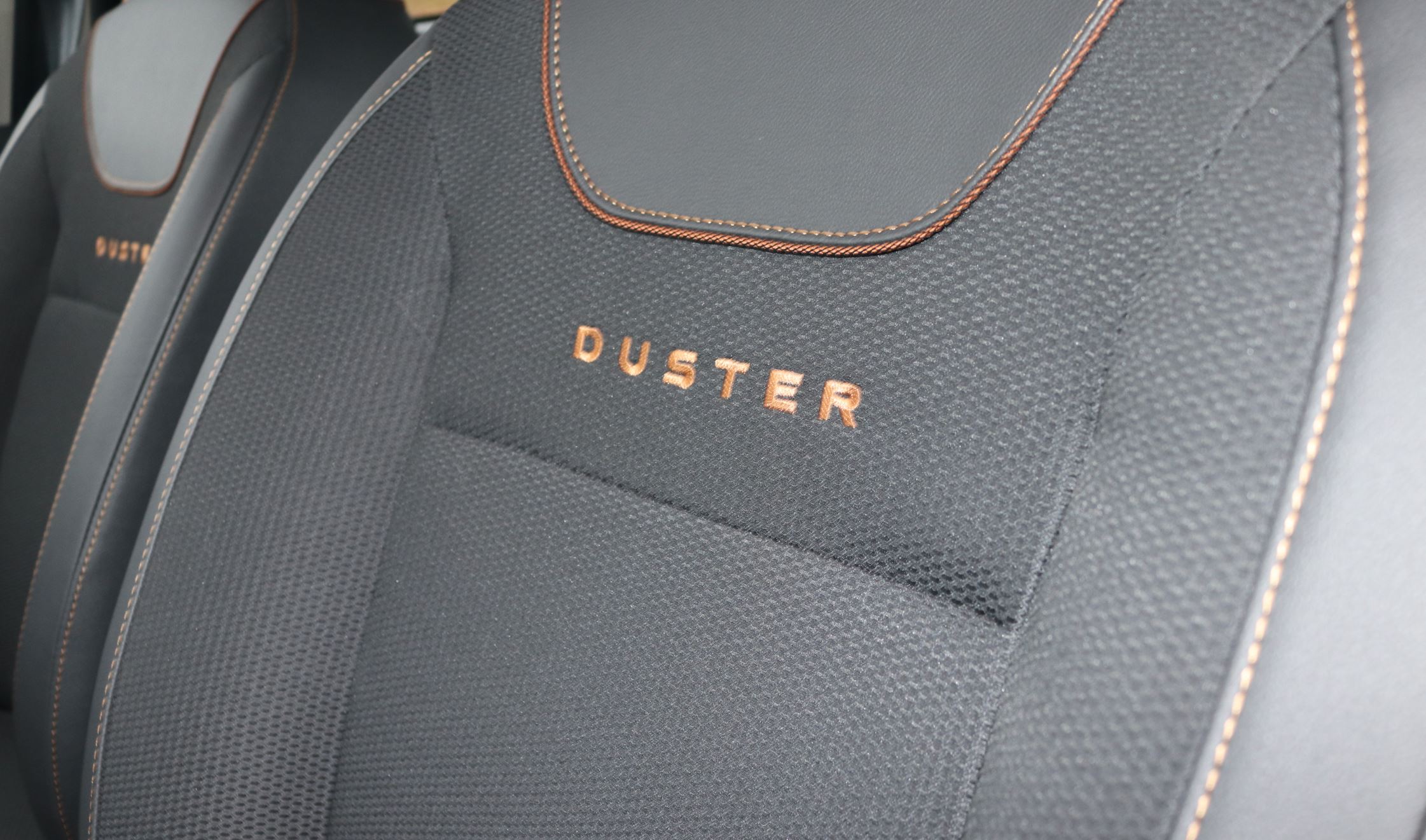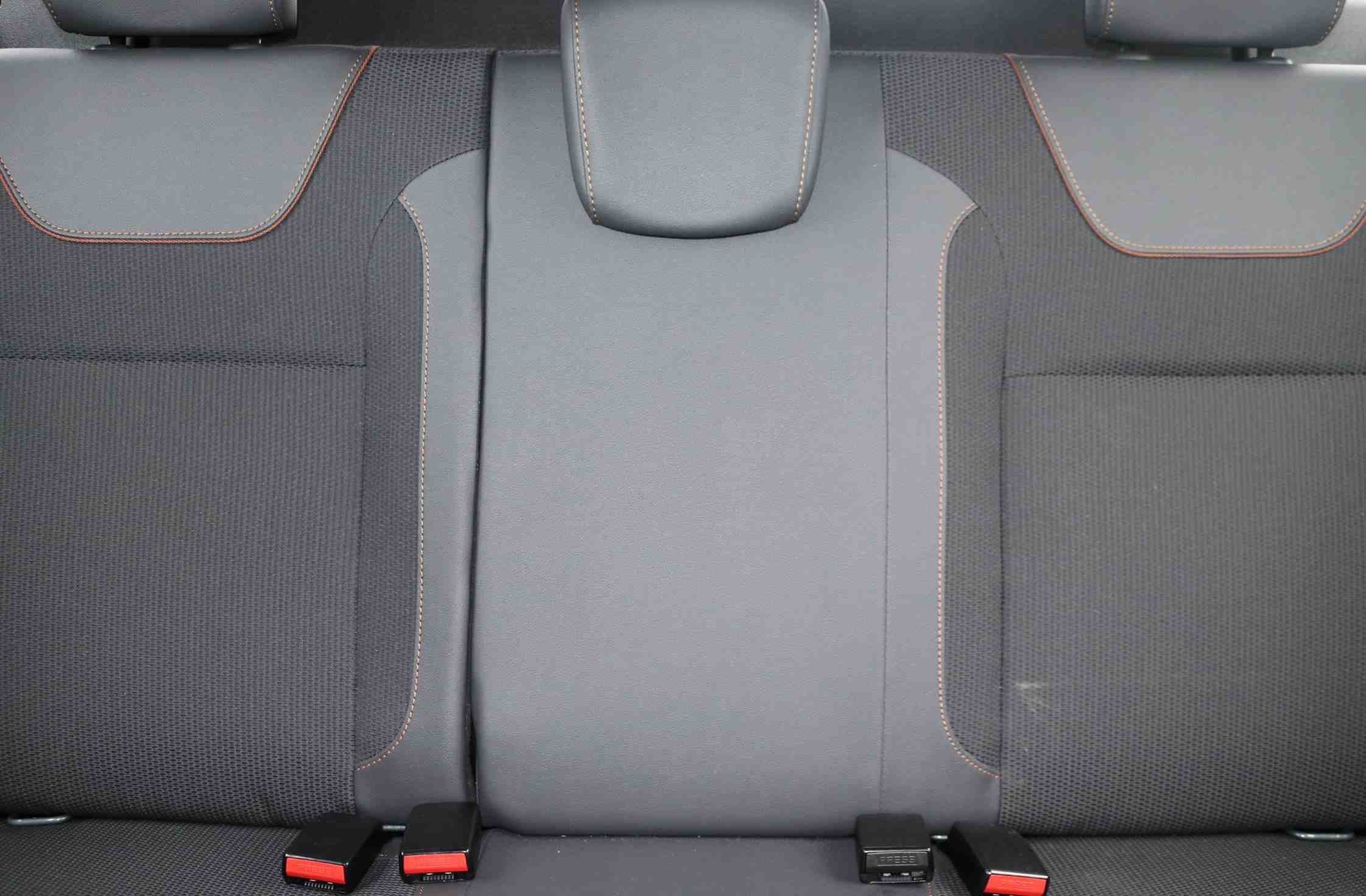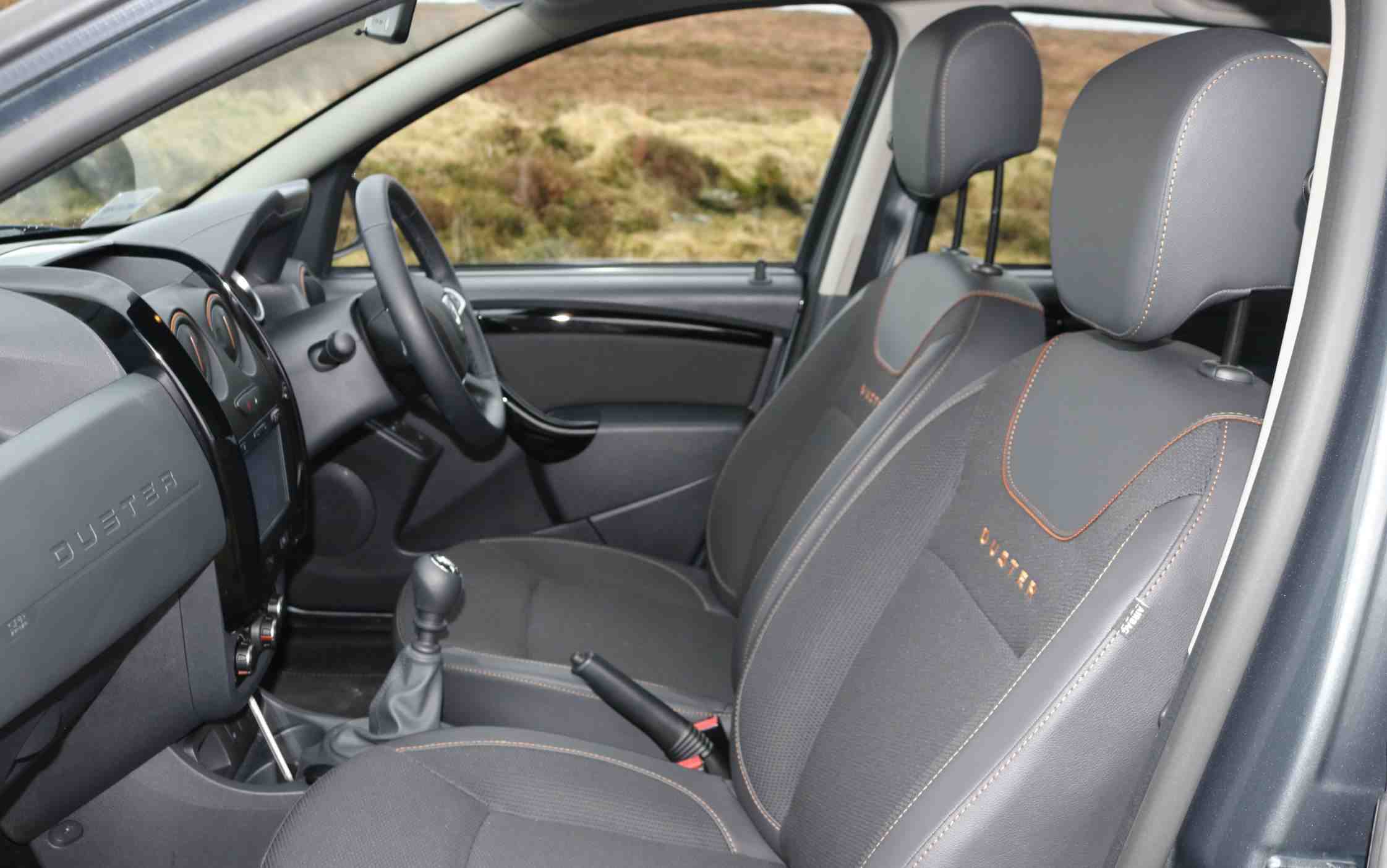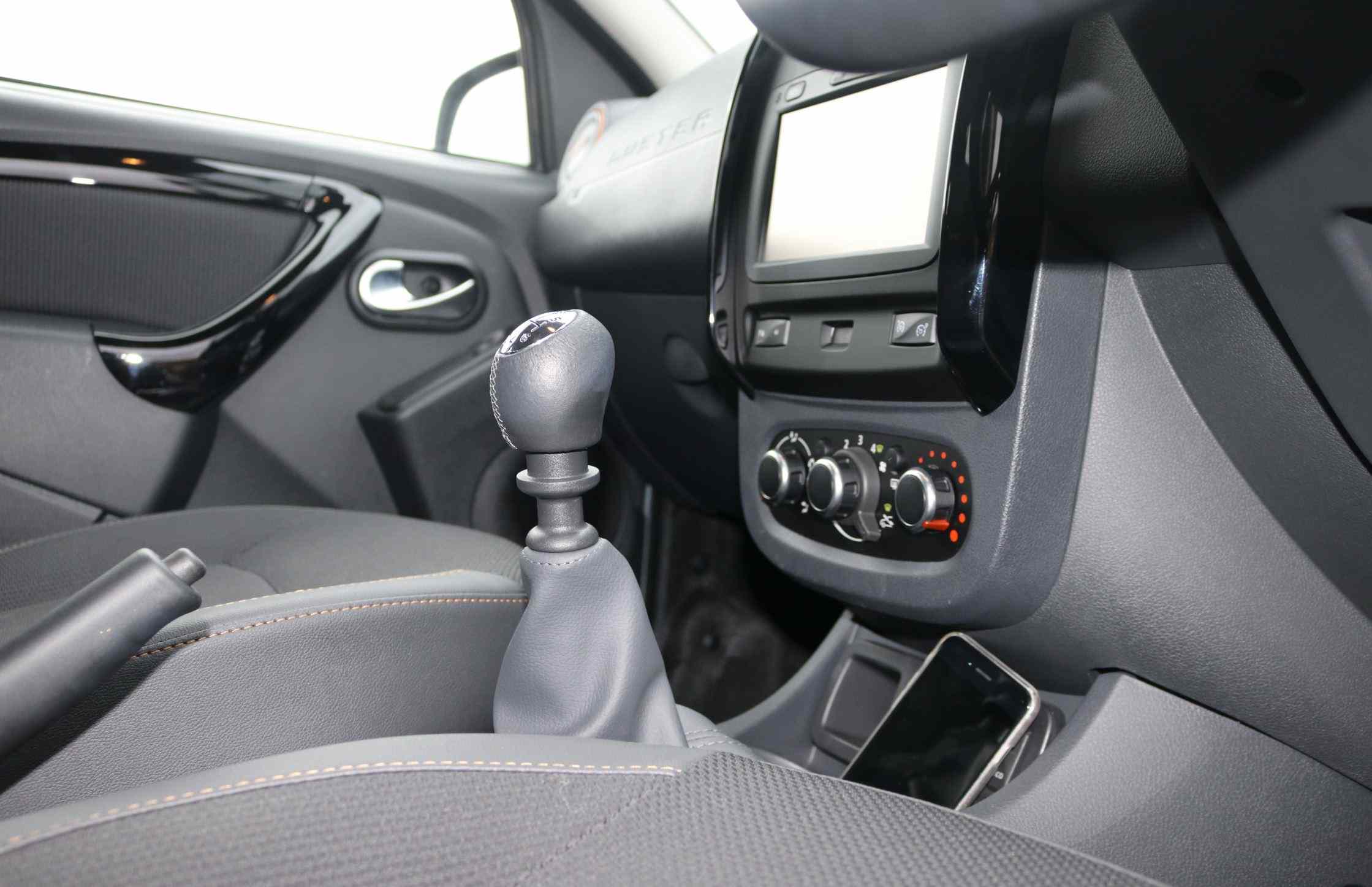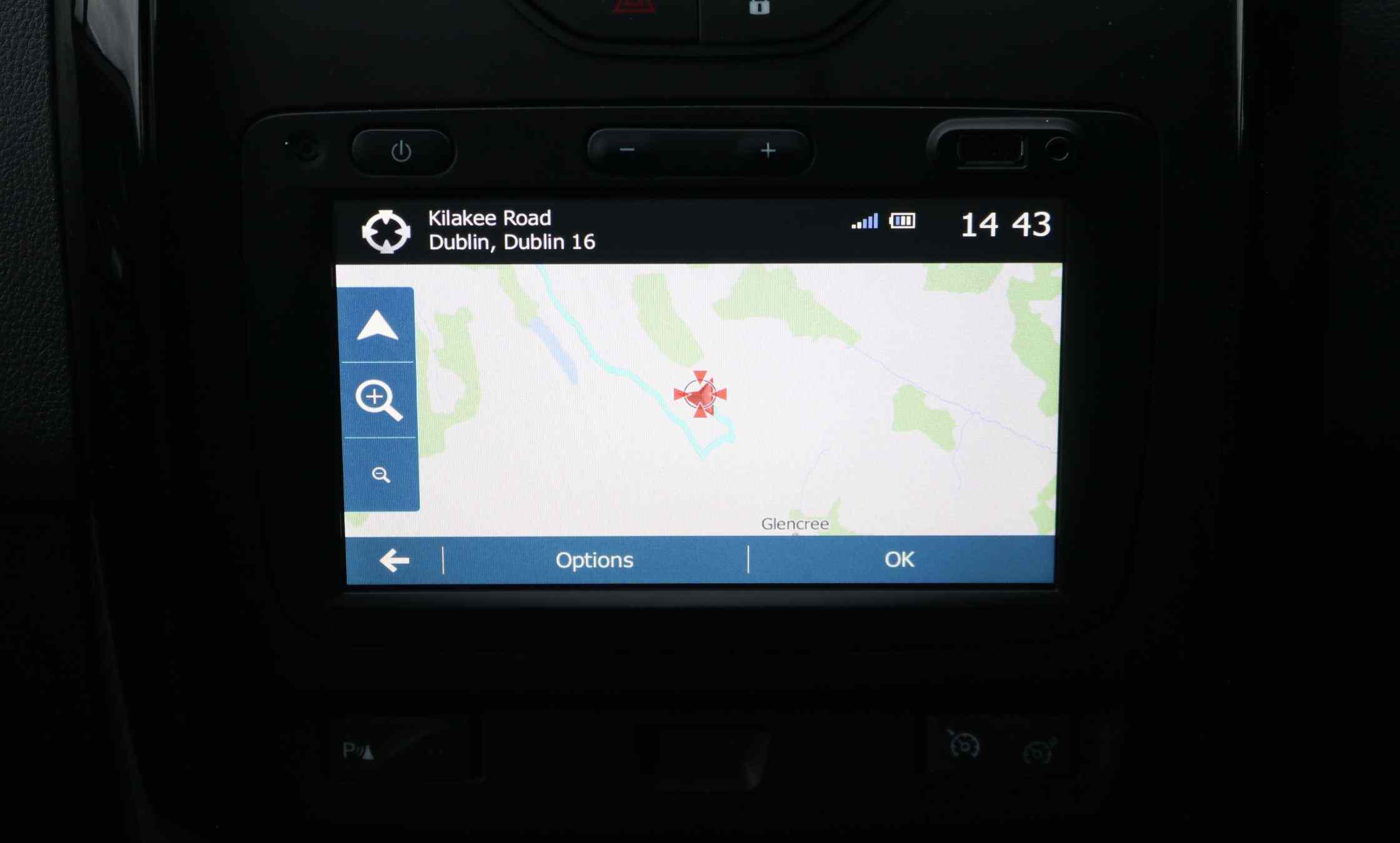Dacia Duster SE Summit Review
Published on 17 January, 2018
What happens when you add frills to a no-frills SUV? New high spec Dacia Duster is a pleasant surprise
Overview
Overview
'Shockingly affordable' was the tag Dacia first burst on to the scene with in 2013 with the Duster. The premise was simple – a spacious, no frills SUV which cost about the same as a super mini. It was a no-brainer, and we bought into it in a big way, with almost 1,000 sold in its first year here.
Naturally, there were a few sacrifices to be made to be able to offer a car the size of a Qashqai, at a fraction of the price. The basic model was exactly that, with steel wheels and windy down windows in the back. The interior was what you’d politely call ‘functional’, and despite being a decent-looking car, it was never going to be able to offer any sort of badge appeal. Then again, we might have said the same of Kia ten years ago.
Times are changing and so too is Dacia’s image. Five years on, and the Duster is in a different place entirely. There are over 8,000 owners out there now and they seem, overall, a satisfied bunch. There has been very little to complain about in terms of reliability and it ranks consistently high in consumer satisfaction surveys, proving those who scoffed at the idea of a car made from bargain basement Renault and Nissan parts gleefully wrong.
As this fanbase grows, so too have the ‘frills’ available and you can now get the Duster with as many bells and whistles as its competitors, and still save yourself a lot of money.
I’ve just spent a week with the Special Edition Summit model, and am genuinely shocked at how good it is. Shocked because, for a starting price of €21,590 you’ll get as much kit as you’d have to shell out for on the top spec of a more mainstream rival.
This includes a touchscreen infotainment system complete with Satellite Navigation, cruise control, parking sensors, and a reversing camera. It looks seriously smart in the new limited edition Nordic grey, comes with 16 inch diamond cut alloy wheels, extra mouldings on the body and some splashes of orange around the upholstery and air vents which really serve to brighten up that aforementioned ‘functional’ cabin.
It’s still a little hard and scratchy around the dashboard, but this is where you have to keep the price in mind. It’s comfortable. It’s spacious. It’s got a big old boot at 475 litres and plenty of room in the back. It runs off the same well-tested engine 1.5l DCi engine you’ll find in a Qashqai, and costs just €200 a year to tax. It comes with a three year warranty. There’s really not a whole lot to give out about on paper, although it’s poor three star Euro NCAP safety rating remains a disappointing chink in its armour.
On the road, sure, you feel its price a little more. It’s not as refined as rivals. It’s a little louder. The steering is a bit woolly and it’s easily unsettled on a bumpy road. But it’s comfortable, capable, and fuel efficient – especially in the standard front wheel drive guise of our test car. Dacia claim 4.4l/100km, although that’s closer to 6.0l/100km in real life, and still pretty decent. It’s also a totally different experience to the four wheel drive model, which may well be a great value option 4X4 if you really need it, but seems to endlessly scream to change gears. This one makes for a much more relaxing experience behind the wheel.
I wasn’t exactly excited to get in to it, but after spending a week in it with the price constantly in mind, I got out of it feeling completely corrected. For a family on a budget after a bit of space, I can come up with very few reasons not to recommend it. The Dacia Duster continues to represent good value, no-nonsense motoring at its finest, but now the frills are there if you want them. There’s a new model due to be revealed before the end of the year, and if this Summit version is a sign of things to come, we can expect more shockingly good things from it.
Interior Gallery
Facts & Figures
Car Tested:
SE Summit 1.5 dCi 110Car Tested Price:
€21,590Starting Price
€21,5900 -100 Kms
11.9sPower
110 hpEmissions
115 g/kmTax
€200Seats
5Isofix
1 pointBootspace
475lNCAP safety rating
3/5Latest Reviews
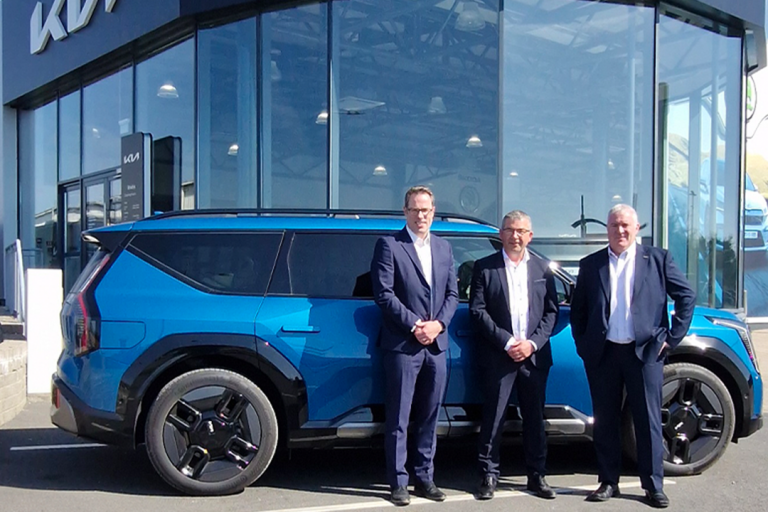
Bradys Cavan Appointed as Newest Kia Dealership in Ireland

Škoda Launches the Elroq RS

MG Expands Irish Network with O'Brien Motor Group in Mullingar

